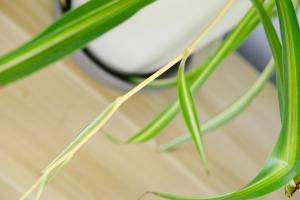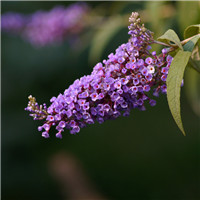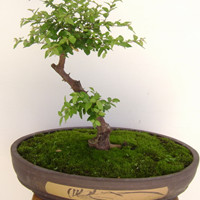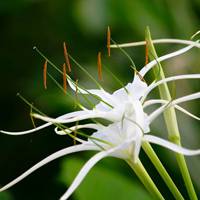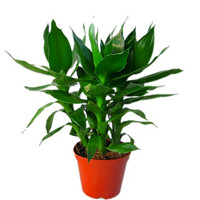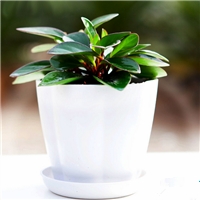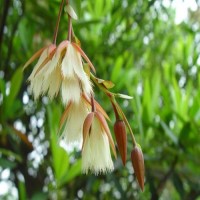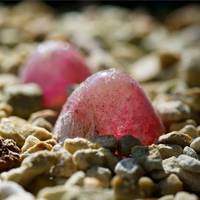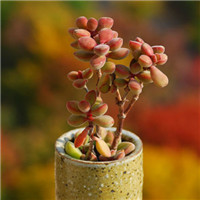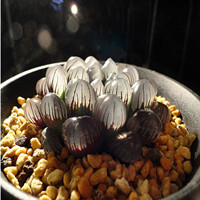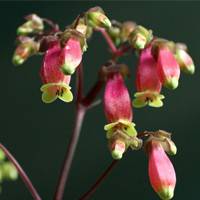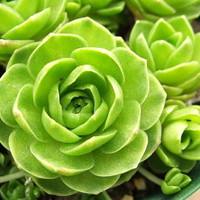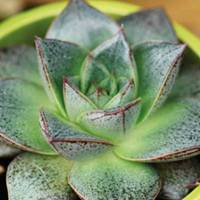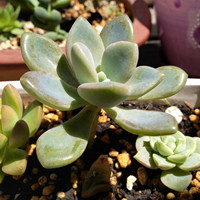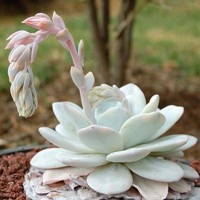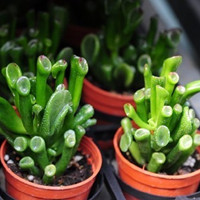Introduction
Plants depend on water to survive and grow. Water is essential for various plant processes such as photosynthesis and nutrient uptake. While most people know that plants take in water through their roots, many are unaware that plants can also absorb water through their leaves. This article will explore the mechanism through which plants take in water through their leaves, and the factors that influence this process.
Transpiration
The process through which plants take in water through their leaves is known as transpiration. Transpiration is the process of water uptake through the stomata, which are small pores mostly found on the underside of leaves. The stomata regulate the passage of gases and water vapor in and out of the plant. When the stomata open, water vapor escapes from the plant, leading to water loss, while when they close, water loss is significantly reduced.
Factors influencing transpiration
Several factors influence transpiration in plants. These factors include:
Humidity: the higher the humidity, the lower the rate of transpiration since the concentration gradient of water vapor between the leaf and the atmosphere is low.
Temperature: high temperatures increase the rate of transpiration since water molecules move faster, making it easier for water vapor to escape from the leaf.
Light: plants transpire more during the day since light helps in photosynthesis, which in turn leads to the release of water vapor.
Wind: windy conditions increase the rate of transpiration since wind removes the humid air around the leaf and replaces it with drier air.
Benefits of leaf transpiration
Transpiration through the leaf is crucial for plant growth and survival. Transpiration helps plants to cool down amid environmental heat stress, transport essential nutrients, and regulate water uptake. Transpiration also plays a significant role in maintaining turgor pressure, which is essential for plant cell support and structure.
Limitations of leaf transpiration
While transpiration is beneficial to plants, excessive water loss through the leaf can lead to dehydration, negatively impacting plant growth and development. Additionally, high rates of transpiration can lead to salt accumulation on the leaves, causing damage to plant tissues.
Conclusion
In summary, plants can take in water through their leaves. Transpiration is the mechanism through which plants take in water through the stomata on their leaves. Transpiration is influenced by several factors, including humidity, temperature, light, and wind. While leaf transpiration is crucial for plant growth, excessive water loss can negatively affect plant development. Therefore, it is essential to balance the advantages and disadvantages of leaf transpiration to maintain optimal plant growth and development.

 how many times do yo...
how many times do yo...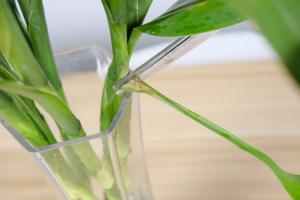 how many planted tre...
how many planted tre...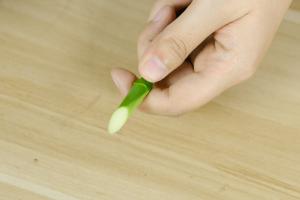 how many pine trees ...
how many pine trees ... how many pecan trees...
how many pecan trees... how many plants comp...
how many plants comp... how many plants can ...
how many plants can ...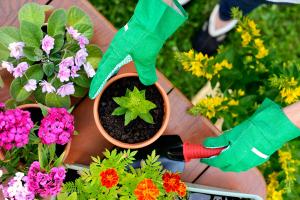 how many plants and ...
how many plants and ... how many pepper plan...
how many pepper plan...
